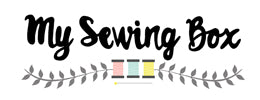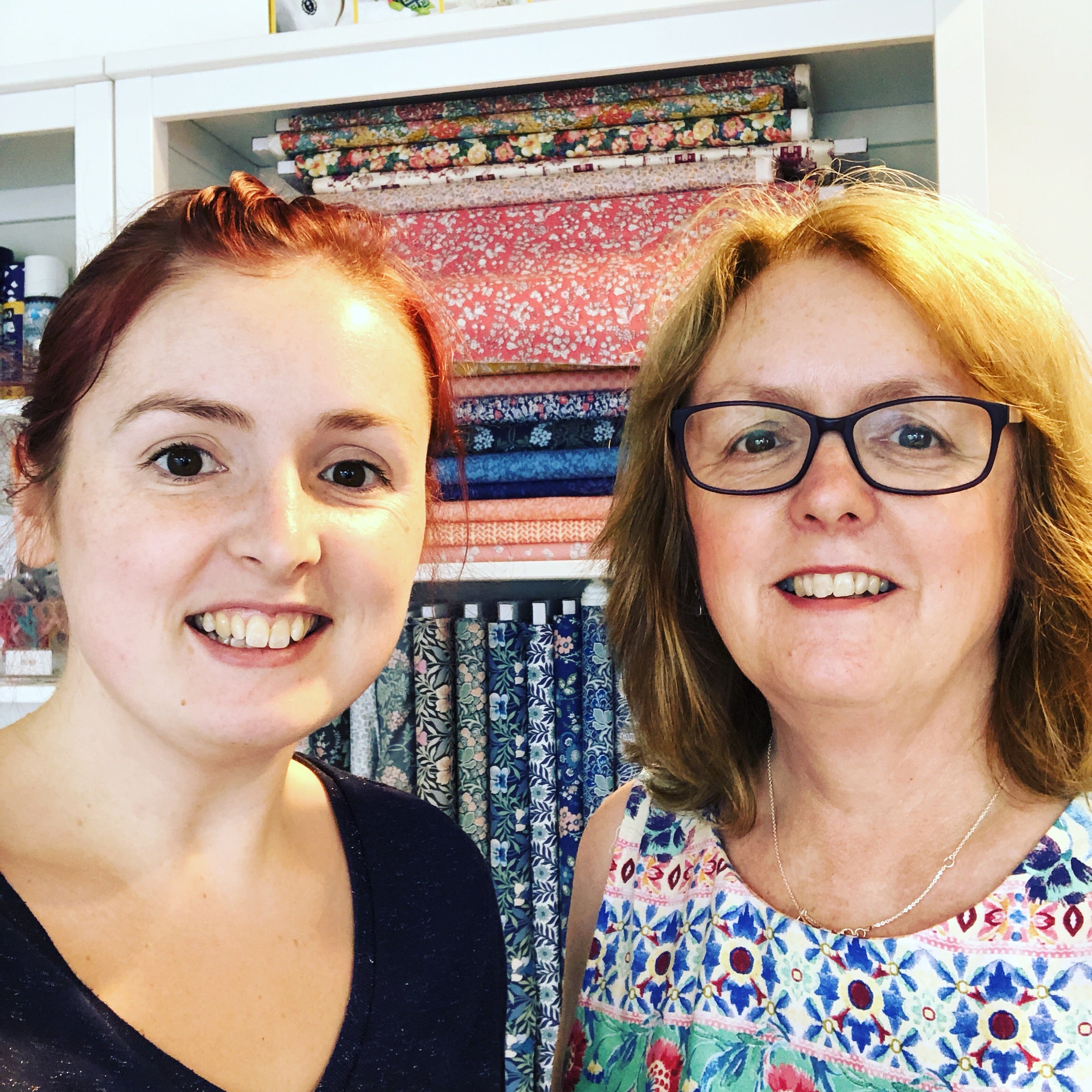When you're new to machine sewing, footers can seem pretty confusing and daunting - no longer, with this fantastic guide to sewing machine footers! Covering the most common range of footers used, find out what's available and what you should be using for each type of sewing project or fabric.
National Hobby Month: Sewing Machine Footers Explained

Standard/universal machine foot
Zipper foot
Sometimes included in the accessory pack for your sewing machine, zipper foots are essential for inserting a zip using your machine. They let you stitch closer to the zipper teeth, and help achieve a neater finish.
Buttonhole foot
Another life saver for sewing garments, which often comes with your machine as standard. You use them to set the width of your buttonhole, which makes sewing garments so much easier as they often need at least 3 buttonholes that are exactly the same size!
Blind Hem foot
This foot is great for when you're trying to create an invisible hem on your machine, something which is hard to achieve using a standard presser foot.
Pintuck foot
These are used in conjunction with a double needle to create pin tucks on garments. They are used less and less nowadays but you might see them used in some older sewing projects.
Edgestitch foot
The edge stitch foot is great for anyone who does a lot of topstitching, as it allows you to keep your top stitching beautifully straight. It's sort of similar to a blind hem presser foot.
Invisible Zipper foot
Another life saver for dressmakers! Invisible zips are used quite a lot in women's dressmaking, especially on skirts and dresses, so this foot is invaluable. It allows you to sew closely and accurately to the zip teeth, achieving a much smoother and neater finish.
Open Toe Embroidery foot
This is one of those jazzy feet for a bit of experimental embroidery! It's becoming quite popular again now as sewing techniques like free stitch style come into fashion. It allows you to move the fabric and needle around more freely, enabling you to trace shapes and outlines much better than a standard foot as you can actually see what you're doing.
Jeans foot (for heavy fabric)
This foot is designed for sewing heavy fabrics, so is a great addition to your machine gadgetry if you sew a lot of jeans or thicker garments like coats.
Patchwork foot
This footer is mainly designed for quilters, due to its width which is uniform for most patchwork and quilting projects. It's also great for stitching smaller items such as children's toys, however.
Non-stick/oilcloth foot
If you ever sew with oilcloth, this is a definite must-have item! Worth its weight in gold (and sanity), this foot is coated with teflon which enables it to glide over the surface of the fabric without sticking. If you've ever tried sewing oilcloth, pvc or leather without this, you'll know how impossible and frustrating it is!
Rolled Hem foot
This is a great little presser foot which allows you to neatly turn the edge of the fabric under twice, resulting in a super neat hem! They're available for all different weights of fabric too, depending on what you're working on.
Binder foot
If you struggle with sewing bias binding, this is a good foot to have to hand (see what I did there?). It is usually used in conjunction with a binding attachment, and makes sewing the binding a hell of a lot easier and less fiddly!

